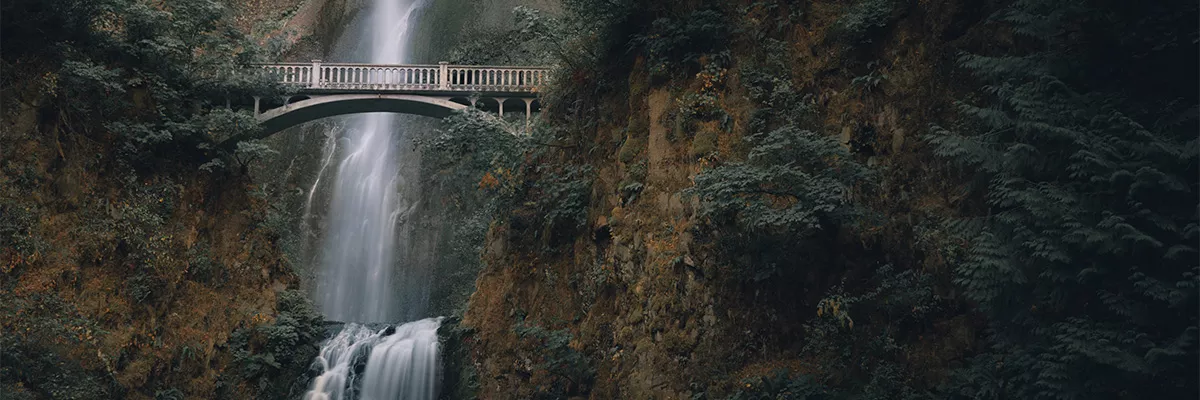Converting words into action.
OSU recognizes past and present contributions of Indigenous people.
Ideas and initiatives have deeper meaning when they’re acted upon. That’s why Oregon State’s Indigenous community is showing the vital importance of presenting land acknowledgements — statements that honor the present and past history of the land we reside on — in an authentic way.
“We’re not just a people of the past,” says Luhui Whitebear, assistant director of Oregon State’s Native American Longhouse Eena Haws and a member of the Coastal Band Chumash. Whitebear emphasizes that Indigenous people are still here, and active contributors to the Oregon State and Corvallis communities. The land acknowledgement itself was built on work initiated by the grassroots efforts of Indigenous faculty, staff and students.
It’s initiatives like the land acknowledgement that challenge us to think in a new way, and educate ourselves about the words we say. When delivering a land acknowledgement before a meeting or event, Whitebear says we must view it as more than just a diversity checkbox. By doing our research — determining whose territory we’re on, learning about the tribe’s history and what they are doing today — it will show we care about our shared histories, our present actions, and building a better future.
And our support for Indigenous people goes beyond the land acknowledgement itself. It includes taking time to learn about Indigenous land, languages and treaties and truly empathizing with the effects of colonization. It means getting involved with Oregon State’s Native American Longhouse Eena Haws: attending a powwow or salmon bake, speaking with Indigenous students and faculty or participating in a virtual lecture or discussion.
We can’t change the past, but we have the power to learn from it — and from one another. Together we can do better.
OREGON STATE UNIVERSITY LAND ACKNOWLEDGEMENT
The 10th Associated Students of Oregon State University Congress passed JB10.32, a bill that requires the following statement to be presented at the beginning of every ASOSU event:
Oregon State University in Corvallis, Oregon, is located within the traditional homelands of the Marys River or Ampinefu Band of Kalapuya. Following the Willamette Valley Treaty of 1855, Kalapuya people were forcibly removed to reservations in Western Oregon. Today, living descendants of these people are a part of the Confederated Tribes of Grand Ronde Community of Oregon (grandronde.org) and the Confederated Tribes of the Siletz Indians (ctsi.nsn.us).
Multiple Oregon State departments, including the Board of Trustees, have adopted the land acknowledgement. The trustees, for example, incorporate it into the beginning of each regular board meeting and at the first committee meeting of the day. Many OSU staff and faculty have also added the land acknowledgement to their email signatures.
This statement is accessible to everyone and available on the ASOSU websote: asosu.oregonstate.edu/student-gov.

DISCOVER MORE ABOUT NATIVE AMERICAN CULTURE:
Oregon State University Land Acknowledgement
USDAC Honor Native Lands Guide
Native land, languages and treaties
Tribes and indigenous history of Oregon
OSU Institutional Diversity — We Are All Treaty People